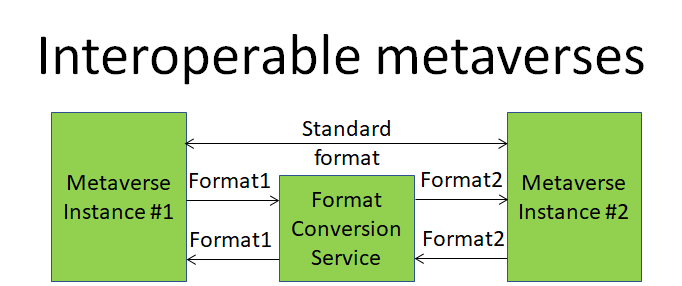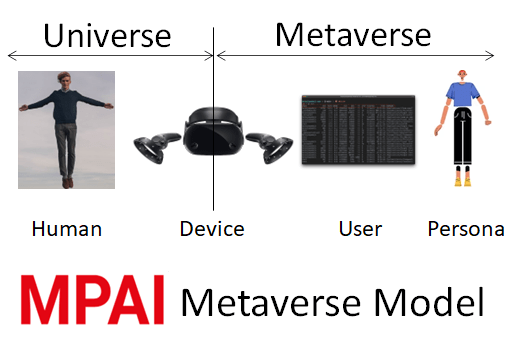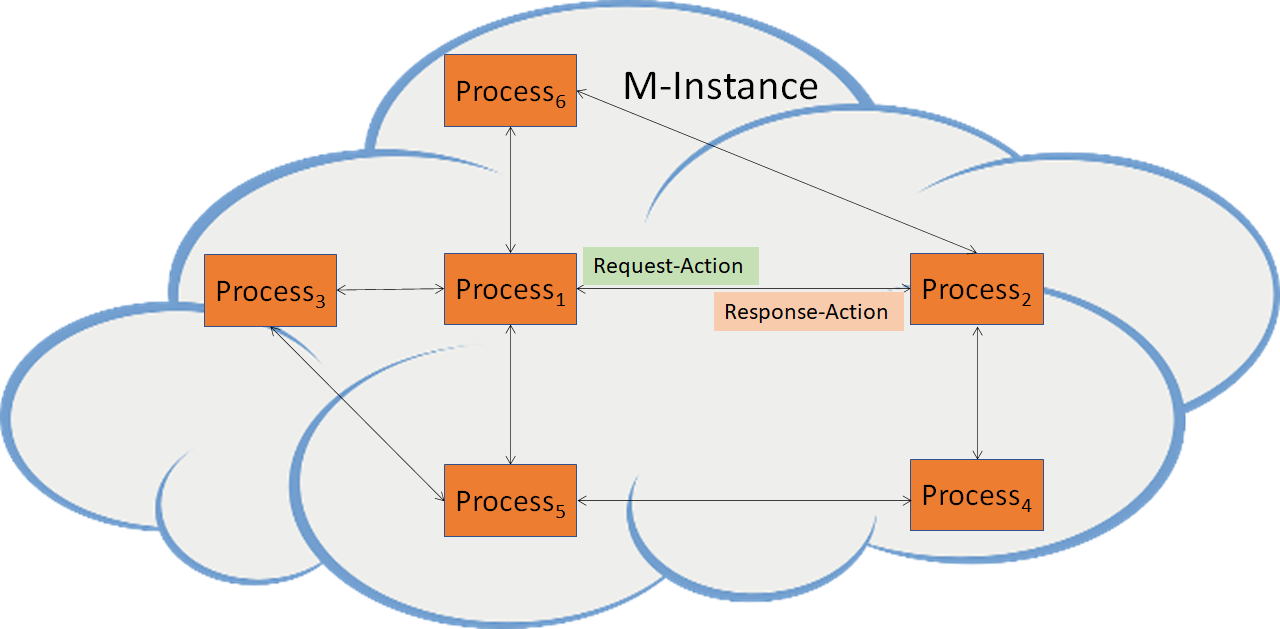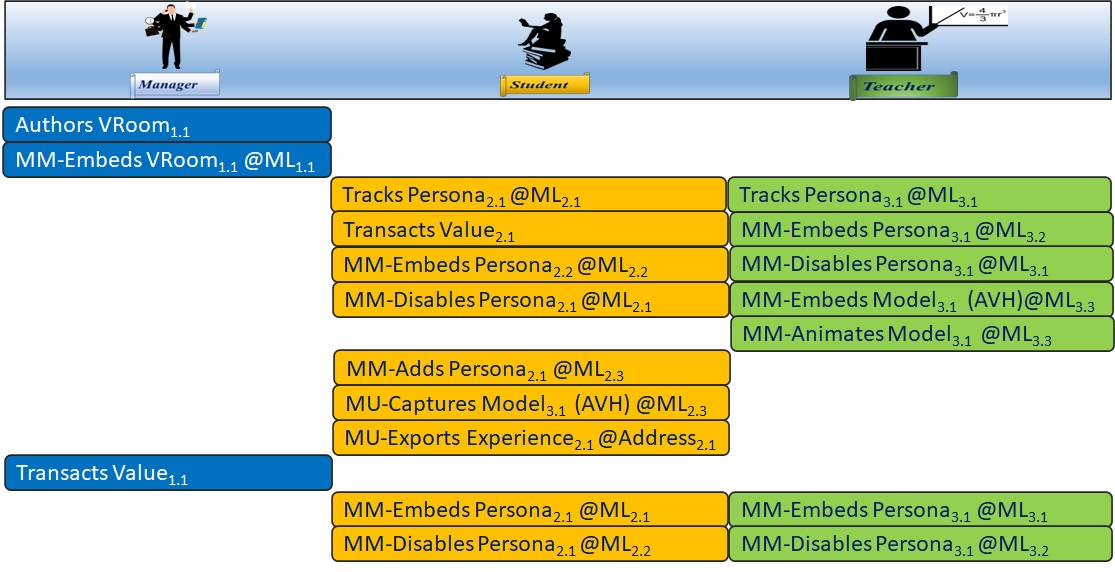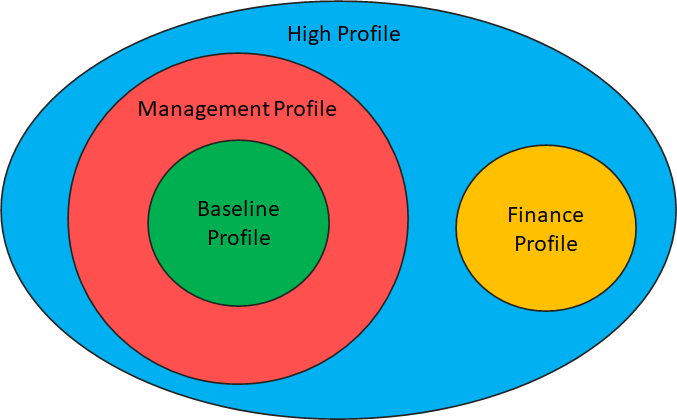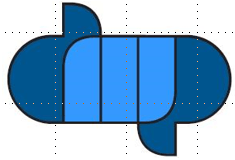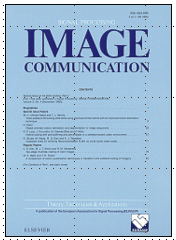Finally: a conference highlights the synergy of Metaverse and AI
Shanghai, a humongous city of 30 million people, traditionally the commercial heart of China, and many things more has hosted the Global AI Conference 2023 conference, a cluster of events held at different locations of the city. I was invited to give two keynote speeches in two sessions that had metaverse and AI as title. Here I will introduce my second speech whose content was largely influenced by my perceived need to promote understanding of the role of interoperability in…
